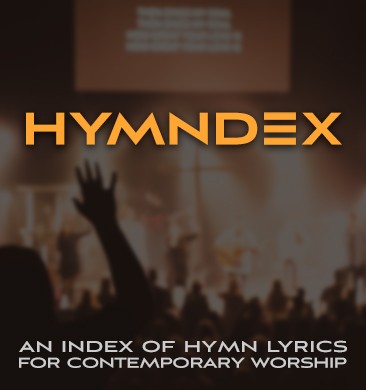In the quiet moments before Sunday morning worship, a pianist sits at the grand piano, carefully marking notes on her sheet music while across the platform, a guitarist quickly flips through chord charts, preparing for the service ahead. Two different approaches to the same holy purpose: leading God’s people in worship. The tools may differ, but the heart remains the same.
The discussion of lead sheets versus chord charts often sparks passionate debate among worship leaders, yet at its core lies a simple truth: God deserves our very best in worship, regardless of how we prepare. Modern worship teams face unique challenges in bringing together musicians of varied backgrounds and abilities, all while maintaining musical excellence and spiritual focus.
Lead Sheets in Worship: A Foundation for Musical Excellence
Many experienced worship leaders have discovered that the journey toward excellence begins with understanding the tools at hand. Lead sheets, with their complete melodic and rhythmic information, offer a detailed roadmap for worship teams to follow. They provide the foundation that many classically trained musicians rely upon, especially those serving from behind the piano or organ. Some worshp leaders believe lead sheets transform their team’s ability to learn new songs – when they need absolute clarity about timing and arrangement, there’s no substitute for having the full notation in front of them.
Chord Charts: Simplifying Modern Worship Leading
Yet simplicity often serves its own purpose. Chord charts, with their streamlined format and reduced complexity, have become the preferred choice for many contemporary worship teams. Guitarists particularly appreciate their efficiency, allowing quick glances during worship without the distraction of page turns. Some worship leaders find that chord charts help them stay focused on engaging with the congregation rather than being tied to their music stand.
Blending Traditional and Contemporary: Creative Solutions for Worship Teams
The Lord often reveals His wisdom through practical experience, and many worship teams have found creative solutions by embracing both formats. Some leaders use lead sheets during preparation and rehearsals but switch to chord charts for Sunday morning. Others have developed hybrid approaches, adding detailed notations to chord charts for dynamics and arrangement cues. These adaptable solutions remind us that our methods should serve the greater purpose of worship, not become rigid traditions that hinder it.
Excellence in Worship: The Role of Preparation and Practice
“Whatever you do, work at it with all your heart, as working for the Lord,” writes Paul in Colossians 3:23. This Scripture rings especially true for worship leaders who dedicate significant time to preparation each week. Some set aside multiple hours per day to study the music, while others carve out focused practice time between their daily responsibilities. The key isn’t the quantity of time spent but the quality of preparation and the heart behind it.
Digital Tools for Modern Worship Ministry
Modern technology has brought new resources to aid in this preparation. Digital notation apps allow worship leaders to switch seamlessly between formats, while YouTube tutorials provide additional learning tools for team members. Yet these advances should never overshadow the fundamental purpose of worship: drawing people closer to God.
Building Strong Worship Teams: Balancing Skills and Accessibility
The most effective worship teams have learned to balance excellence with accessibility. They provide resources that meet each musician where they are while encouraging growth and development. Some teams have found success in gradually teaching music reading skills during rehearsals, while others maintain libraries of both lead sheets and chord charts to accommodate different learning styles.
Best Practices for Worship Leaders: Practical Steps to Success
What practical wisdom can we learn from experienced worship leaders?
- Consider your team’s musical background when choosing notation formats. The goal is to equip them for success, not create unnecessary barriers to participation.
- Maintain consistent preparation times, whether using lead sheets or chord charts. Excellence requires investment, regardless of the tools we use.
- Keep the focus on worship while pursuing musical growth. Technical proficiency should serve the greater purpose of leading God’s people in praise.
- Provide clear documentation of arrangements to maintain unity within the team. Whether through detailed lead sheets or annotated chord charts, clarity helps the team move as one.
The Heart of Worship: Beyond Musical Tools
Perhaps most importantly, remember that these tools – whether lead sheets or chord charts – are merely vessels for a greater purpose. They are means to an end, not the end itself. When we maintain this perspective, the choice of notation becomes less about personal preference and more about what best serves our teams and congregations in worship.
As we continue to serve in worship ministry, may we hold these tools loosely while clinging tightly to our calling. For ultimately, our goal remains unchanged: to lead God’s people in authentic, excellent worship that honors Him and draws hearts closer to His presence.









